Slab Jacking
Slab-jacking, also known as mud-jacking, is an effective method for repairing sunken concrete slabs without the need to remove and replace them. This technique typically costs less than half the price of pouring new concrete, making it a budget-friendly solution for concrete repairs.
Additionally, the savings can be even more substantial, as you won’t incur costs for demolition, removal, or landscaping. Most projects are completed quickly and efficiently, causing minimal disruption to your daily routine. Our foundation repair experts can raise a patio in the morning, allowing you to enjoy it with family or guests that very evening!
When you need to raise a sinking slab, slab-jacking is a cost-effective alternative to concrete replacement. At Robbins and Co., we use this method across the Greater Seattle area to repair sidewalks, streets, ramps, patios, driveways, floors, parking lots, and garage floors—essentially any concrete surface. It’s effective for both commercial and residential projects.
Because we don’t remove the old concrete, there’s minimal mess or inconvenience. Surrounding sod remains intact, eliminating the need for re-seeding and waiting for grass to grow. Plus, the newly raised slabs can be put back into service immediately after the job is completed—there’s no waiting for the grout to cure!
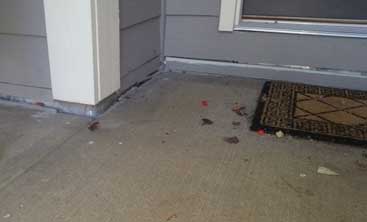
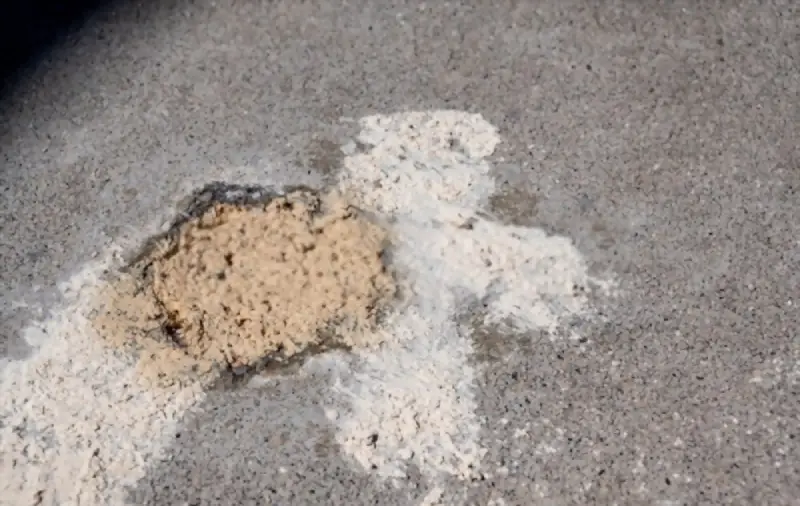
Mud Jacking
- 100% natural earth material
- Reasonably priced
- Has been used successfully on Highways, Air Strips, Floors and more
- Very low failure of approx. 1%
- Non Flammable
- Non Toxic
POLY LEVELING
- Chemically man made
- Typically higher cost
- Newer process. Long term effects or results of poly foam unknown
- Failure rate unknown
- Highly flammable
- Toxic
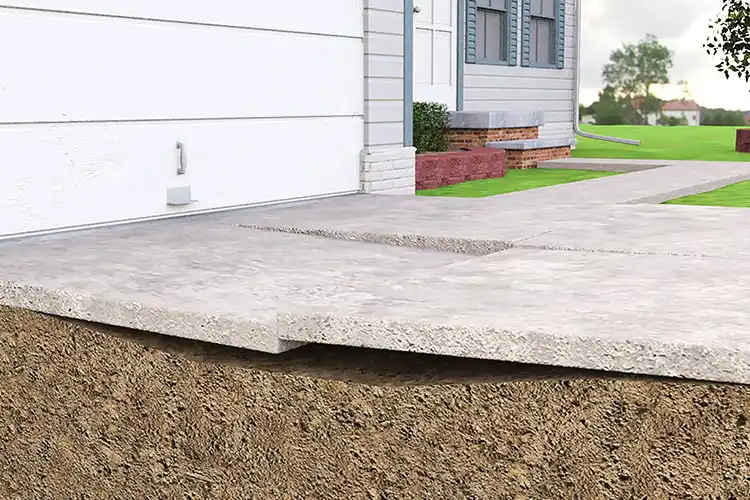
Serving The Pacific Northwest since 1952
We are so confident you will be happy with our work that in most cases we require no payment until the work is completed.
Why Slab-Jacking is a Cost-Effective Solution for Sinking Concrete
At Robbins & Co., we specialize in slab-jacking, an affordable and efficient way to lift and level sinking concrete in the Seattle area—without the hassle and expense of tearing out and replacing slabs.
Unlike full slab replacement, slab-jacking involves pumping a special organic-based mixture under pressure beneath the concrete to restore its proper level. This eco-friendly solution solidifies naturally, creating a strong, stable base that resists future settling far better than the original soil.
Benefits of Slab-Jacking Over Slab Replacement:
- More Affordable – Avoid the high costs of demolition and re-pouring
- Faster & Less Disruptive – Most jobs are completed in just hours, with minimal mess
- Stronger, Longer-Lasting Results – Our organic mixture forms a durable base, preventing future sinking
- Protects Landscaping & Surroundings – Our process requires only small injection points, with no major excavation
- Ideal for Driveways, Patios, Sidewalks & More – Works for both residential and commercial properties

Restore Your Concrete Quickly & Affordably
Don’t let sinking concrete become a safety hazard! Contact Robbins & Co. today for a free inspection and estimate on slab-jacking in the Seattle area.
- 1-888-344-1023
- Serving Seattle, Bellevue, Tacoma, Everett & Surrounding Areas
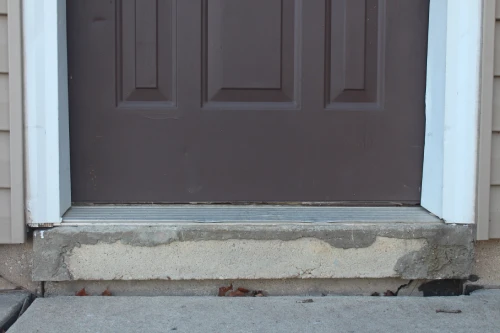
Before

After
The work done lifting our front porch using your slabjack technology was a great success
- Joe & Mandy Kimm, Kirkland, WA
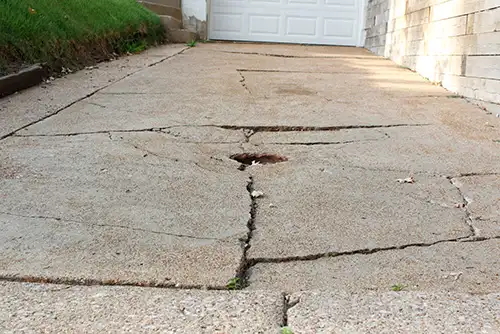
Causes Of Sinking Slabs
Like foundations, slabs settle due to:
- Moisture and its effects
- Fill dirt used during original construction
Moisture can cause the soil beneath your concrete slab to compact and shift. When water isn’t drained properly, one side of the slab may compress the soil more than the other, leading to uneven support. Additionally, excess moisture in the soil can cause your slab to “heave” during freezing conditions, only to drop again as the moisture evaporates or wicks away.
Moisture can lead to compaction and shifting of the soil beneath your concrete slab. When water isn’t drained properly, one side may compress the soil more than the other. Additionally, moisture in the soil can cause your slab to “heave” during freezing temperatures, only to settle back down as the moisture evaporates.
Often, fill soil made of sand or gravel may not have been adequately compacted before the concrete was poured. Over time, the weight of the slab and variations in moisture can cause this soil to compress further. In some cases, the fill soil may consist of different materials, such as original clay, topsoil, or sand used to fill low areas. Burrowing rodents or other animals can also disturb the soil, compromising its support.
It’s important to note that slab-jacking is intended for smaller slabs and is not a solution for leveling homes or addressing foundational issues. An inspection and estimate are necessary to determine if slab-jacking is the right approach or if another solution is needed.
Contact us for a free consultation and estimate. We’re here to help with any structural problems you may face!
REPLACING WORRY WITH PEACE OF MIND
Serving the Pacific Northwest since 1952…72 YEARS. Contact us for free estimate.



